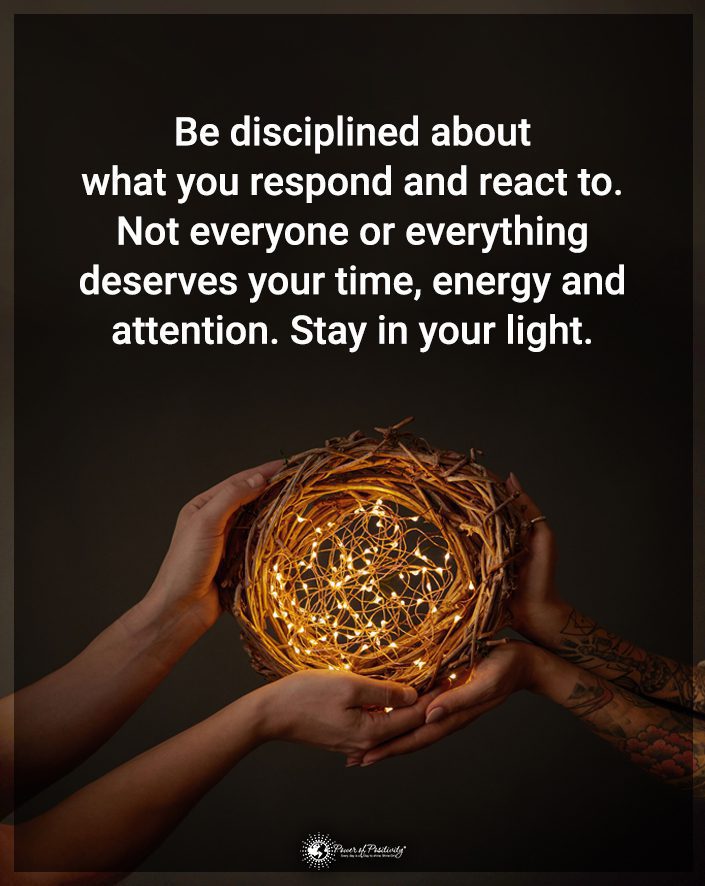The fact is that a “routine” is a near-universal, a daily fact of life. In a “traditional” home, one or both of the parents go to work, and children go to school, and–if they’re fortunate enough–see each other for a few hours in the evening. Unfortunately, we often run from task to task by rote and not with mindfulness.
For the typical person, work takes up 1/3 of their time on Earth (another 1/3 allocated to sleep.) The average life expectancy of an adult within the United States is 78.74 years. Assuming an 8-hour workday, this means that the common man or woman will work about 176,378 hours during their lifetime.
Note: we understand that this is a rough number, as we’re not considering retirement, vacation, overtime, and a few other vital variables.
“Drink your tea slowly and reverently, as if it is the axis on which the world earth revolves – slowly, evenly, without rushing toward the future; live the actual moment. Only this moment is life.”- Thich Nhat Hanh
In the quote above, Thich Nhat Hanh, a Vietnamese Buddhist monk, describes how to be mindful during a routine practice — drinking tea, in this instance.
This article discusses how we can use work time to become better versions of ourselves using mindfulness.
First, we’ll cover some basics about mindfulness (what it is, its purpose, etc.) Second, we’ll explain how these centuries-old practices can benefit the ones we love and us.
It is our sincere hope that this article is well-received and that it helps the millions of people out there who are struggling with job satisfaction. Most importantly, we hope that our readers understand and implement the principles of mindfulness in their daily lives—at work or anywhere else.
What is “mindfulness?”

Although our intelligent readers are probably well-versed on the basics of mindfulness, it may be beneficial to explain the basic principles of the practice further.
First, mindfulness is a type of meditation called “mindfulness meditation,” “concentration meditation,” “single-pointed meditation,” or “single-pointed concentration.” It is essential to understand that mindfulness meditation can be practiced anywhere at any time, regardless of circumstance.
Second, mindfulness meditation is simple in concept, but often challenging to execute and sustain – at least during the initial phases. The reason is quite simple: mindfulness meditation requires “tunnel vision-like” focus, completely immersing oneself in all tasks, small and large.
Mindfulness meditation requires our cognitive resources to be 100 percent present and focused on the task at hand. A job may be as simple as washing dishes or preparing your child’s lunch to something intricately complex, such as writing a new programming code or drafting a business plan for potential investors.
Why practice mindfulness meditation at work?
In essence, mindfulness meditation requires disrupting and discard any thoughts or feelings that may throw you “off course” from what you’re doing here and now. The practice requires the ability to do so under less than desirable conditions, which often includes work-based tasks.
In studies devoted to job satisfaction (or lack thereof), 70 to 80 percent of people strongly dislike (or hate) their job. The chances are that you’re of the people who despise commuting to your workplace every morning.
Ancient Buddhism likens the mind of a human being to that of a monkey (AKA “monkey mind.”) Statititians estimate that the average person has between 50,000 to 70,000 thoughts per day. Given this statistic, what do you think the probabilities are (remember, 70 to 80 percent of people hate their job) that negative thoughts dominate during one’s time at work?
The odds are that the average person, consciously or subconsciously, has many negative feelings and thoughts throughout the workday.
Yet, this negative frame of mind is EXACTLY WHY one should consider mindfulness meditation during work.
As you become more proficient at mindfulness and mindfulness meditation, you will disengage the brain’s autopilot mode and bring it back under your control.
Five simple ways you can practice mindfulness at work
As mentioned, at least at the beginning, mindfulness meditation is a straightforward yet exhausting endeavor. In one concise sentence, this is what you should be doing:
1 – Devote your full attention to whatever work-related task you are doing.
If you’re drafting an email to a colleague, your attention should be wholly directed to the email. If you’re having a conversation with a boss or subordinate, your concentration should be directed entirely toward the dialogue.
Multi-tasking is a myth. You cannot simultaneously perform two important tasks at the same time. You are setting yourself up for frustration instead of powering up your positivity by trying!
Here are a few other ways you can become more mindful while on the job.
2 – Be grateful you have work
Even if you aren’t working at a job you love, you have the potential to earn income every day. Instead of a mindset of negativity about why you hate your job, focus on the plus side.
Aside from earning money, you are developing job skills, building a network of professional relationships, and sharpening many life skills every day that you report to work. Open your heart to gratitude. It will change your life.
Some people share that a gratitude journal is their favorite way of keeping track of their bounties of blessings regularly.
3 – Take your lunch breaks (outside when weather permits)
So many of us eat lunch at our desks. We don’t even give nourishing our bodies the time it deserves. However, eating lunch is more than consuming a sandwich and an apple. It recharges your very soul and gives you the spark you need to power through the rest of your afternoon.
Take your lunch break. Away from your desk! As you eat your food, savor the flavor and texture. Clear your thoughts about the workload awaits you for that short lunch period.
And when the weather is beautiful, head outdoors for your break time. You’ll enjoy the kiss of sunshine on your face, the sweet chirps of birds, and the breeze caressing your skin. Be at one with nature as you enjoy your lunch hour.
4 – Exercise during the day
Throughout your workday, take a few minutes to treat your body to the gift of motion. This practice is particularly imperative if you work at a desk-bound job.
Stretch your arms high above your head and inhale. Slowly lower your arms and exhale. Feel an awareness of the motions and also your breathing. Notice how they sync up as you repeat this.
Do gentle side lunges to stretch out your leg muscles. Hold each lunge in place for 20 seconds and focus on slow and gentle breathing patterns as you feel the stress of the workday leave your body.
These stretching and breathing sessions should last only 5 minutes or less. However, they will make an enormous difference in your mindset if you perform them twice daily (once in the morning and once during the mid-afternoon lull).
5 – Embrace technology
Many of us have a smartphone or a fitness watch. And, many of those have apps that can help you become a more mindful employee. For example, the Fitbit lineup offers an app called “Relax.” This app guides you through a two-minute deep breathing session. It helps you to slow down, refocus, and take in the moment.
Think you’ll forget to do this exercise? Then use the alarm function on your watch or phone to remind you!

Final Thoughts on Practicing Mindfulness at Work
If you’re practicing mindfulness now, you may find that the mind is hesitant to obey your commands. To “reign in” a wild mind is similar to taming a wild animal—a significant amount of effort is required upfront and some gentle guidance afterward.
No matter if your mind wanders off after a second, a minute, or an hour, whenever you notice your mind being undisciplined, gently bring it back to the task at hand. Initially, you may need to “bring it back” many (many) times throughout the day. However, as you become familiarized with mindfulness, sustaining attention—no matter how difficult the task—will eventually become as natural as breathing.


















